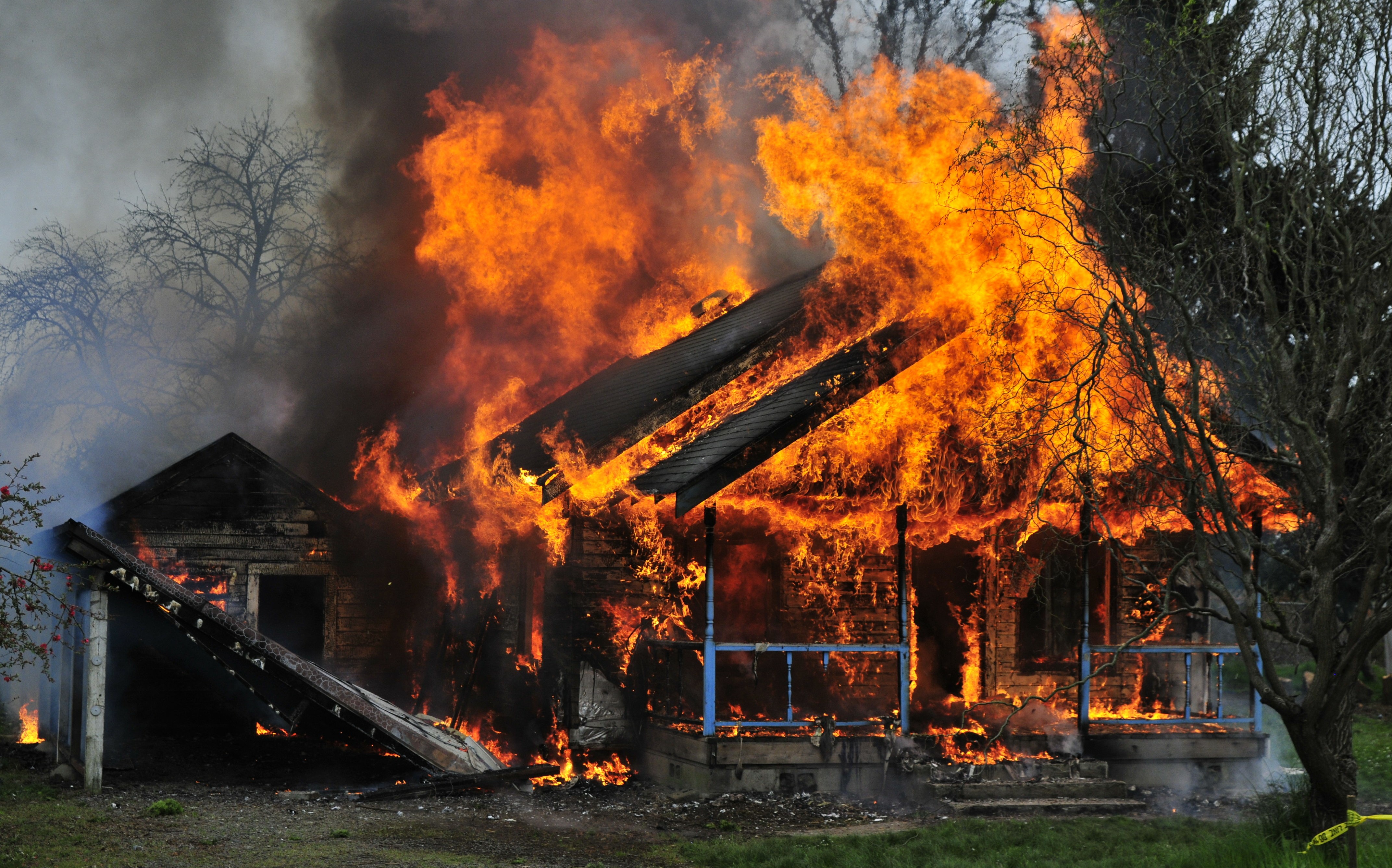
Summary
Southern California is once again facing severe wildfire conditions, with the Hughes Fire near Castaic rapidly spreading. As of Thursday morning, it has burned over 10,000 acres, prompted evacuation orders for 31,000 residents, and warnings for 23,000 more. The fire is 14% contained, with crews battling strong winds and dry conditions overnight. A fire also occurred Wednesday in the Sepulveda Pass near Bel-Air and UCLA, which was contained at only 40 acres. Red Flag Warnings remain in effect through Friday morning, due to gusts up to 65 mph.
Hughes Fire
The Hughes Fire displayed extreme fire behavior on Wednesday, rapidly spreading due to strong Santa Ana winds and critically dry and abundant vegetated fuel. It grew from 50 acres to over 10,000 acres in just a few hours. Burning in steep and rugged terrain near Castaic Lake, the fire has been challenging for ground operations. Aerial firefighting was also difficult in the early stages of the fire due to the high winds.

Effectively, Castaic Lake is acting as a fire break for a good portion of the Hughes Fire perimeter. The area of greatest concern is along the southern edge, where the fire grew close to populated areas of Castaic and the Interstate 5 freeway Wednesday night. There is significant concern about structure loss if the fire were to cross the I-5. As the Santa Ana winds pick up Thursday morning, there will be concern about embers igniting spot fires ahead of the main line. Firefighters will be working hard to prevent ember spread from crossing I-5.

Historical Context
The Hughes Fire has ignited in Castaic Lake State Park, across Castaic Lake from the town of Castaic, as indicated by the blue location marker.
This is an area that has seen a significant amount of wildfire activity. The most recent fire near this initiation location was the Powerhouse Fire in 2013, which destroyed 53 structures, including 24 homes to the northeast.
In contrast, the Charlie Fire in 2018, located to the southeast, did not impact any structures. Further south in Santa Clarita, the most recent Rye Fire in 2017 resulted in the destruction of 6 structures.

Hazard Profile
The GC Wildfire Risk Score is a wildfire risk classification scheme developed for property insurers that enables the evaluation of wildfire risk at the site level. It accounts for fuels and terrain in the region, as well as fire activity and weather conditions. The Hughes Fire ignited to the north of Castaic Lake in an area of extreme wildfire hazard according to the GC Wildfire Risk Score. It continued to burn around the eastern edge of the lake toward the community of Castaic in a region that transitions from extreme to very high risk.

A higher urban conflagration index score indicates the combination of high structure density and elevated propensity for frequency and severity of wildfire activity, as measured by the GC Wildfire Risk Score. There are areas of high to very high urban conflagration risk downwind of the Hughes Fire in Castaic and Santa Clarita, as indicated by the reds and oranges in the graphic below.

Weather Conditions
Los Angeles and Ventura Counties are currently under a Red Flag Warning, indicating heightened fire danger due to warm temperatures, very low humidity and gusty offshore winds. Dangerous fire weather conditions will persist through Friday, as fuels remain very dry and ready to burn. The winds are expected to peak at around 65 mph on Thursday morning, which will be the period of greatest concern for firefighters.

There is high confidence of a widespread, but light, rain event, commencing on Saturday in southern California. This rain should provide some relief to the Hughes Fire by dampening vegetation and slowing fire spread. However, with light precipitation forecasted, it is unlikely to extinguish the fire entirely or end the fire season. Long-term benefits may be limited if dry conditions return soon after the rain.

The risk of debris flows or landslides in burned areas is low but possible if brief, heavy downpours occur during isolated thunderstorms. Wildfires, like the Palisades and Eaton Fires, destabilize the soil and vegetation, leading to dangerous conditions for nearby homes and structures. Standard homeowners’ policies often exclude coverage for landslides or mudslides. However, if it can be proven that the wildfire was the proximate cause, California law may require insurers to cover such damage under fire-related claims.
Eaton and Palisades Fire Updates
As of January 22, the Eaton Fire near Altadena is 95% contained after destroying over 9,000 structures. The Palisades Fire near the Pacific Palisades destroyed over 6,000 structures and is 70% contained. Damage inspection teams have completed inspections for 99% of all structures within the fire footprint. Evacuation orders have been reduced in some zones, with restricted resident access. Firefighters continue to establish and improve control lines, as well as to mop up and extinguish hot spots within the perimeter of the fire.
Additional links of interest:
US Weather Prediction Center
US National Weather Service
Cal Fire